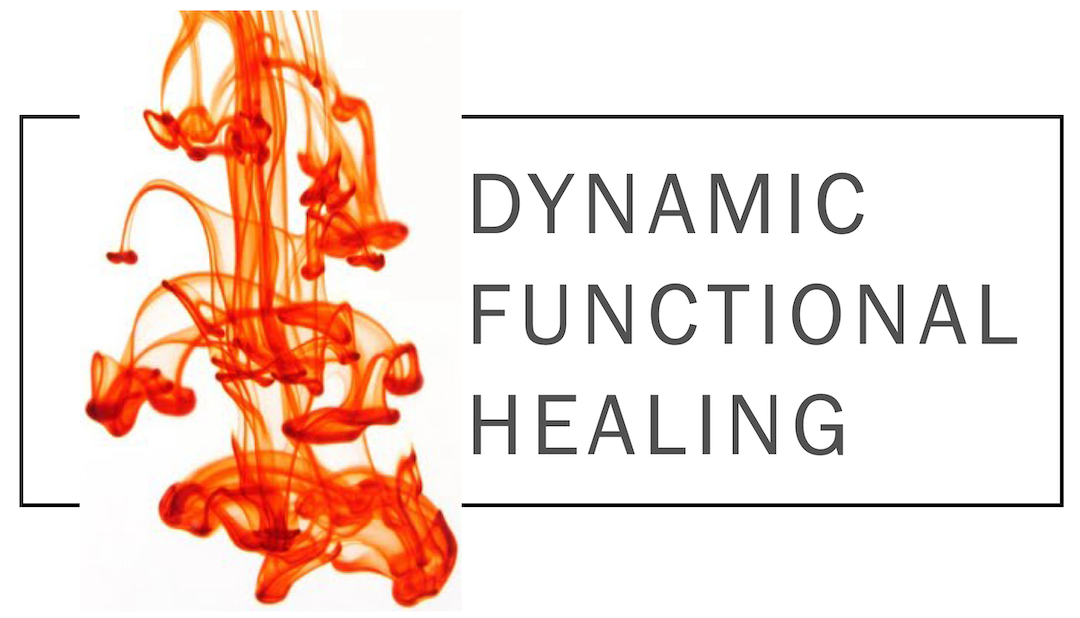The importance of breast massage can not be overstated. It is an essential part of self care in maintaining health and well being, it is important in preventing cysts, clogged lymph and congested tissues that could lead to disease. Self breast massage is important for pregnant and lactating women for maintaining health and preventing or treating mastitis. [x] Breast massage has also been shown to help in treating breast cancer. [v]
Massaging the breasts as well as the areas around the armpits and along the bra line is particularly important for women who wear bras, especially underwire bras. Bras restrict the flow of blood, lymph and Qi through the chest, causing stagnation. Over time, this may result in fibrosis, lumps, pain or other signs or symptoms of undernourished tissues.
Massage your breasts and the tissue near your armpits daily. It can take the place of your monthly breast exam because you are constantly monitoring your tissues. Technique is not as important as just getting movement in the tissues. You can do circles with your fingers or an up-and-down movement. Start more superficial and then get deeper and check for lumps of any kind. You may find clogged lymph nodes or congested tissues; some women find small bits they describe as "sandy" or "gritty". Rub them for several minutes each day. If they don't reduce in size, or resolve, over the course of the month, then see your primary care provider. Give a quick massage to the bra line each time you take off your bra. Never sleep with a bra on; your tissues need time to recover and it is essential for the tissues to have time each day having free flow of blood, lymph & Qi.[y]
If you skin brush, make sure to give attention to the bra line area and always brush your pits and breasts. Skin brushing does not take the place of breast massage, however. This YouTube video (with a long intro) has good instruction for a thorough breast massage.
